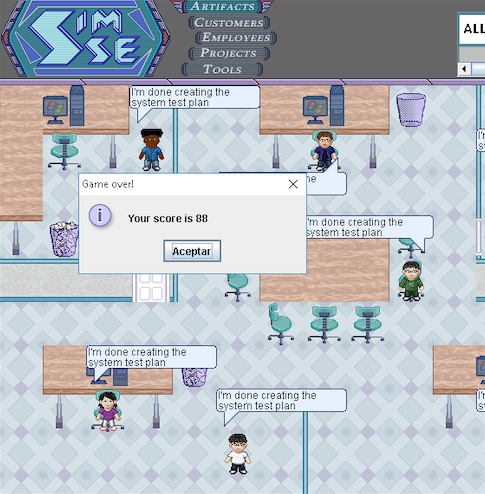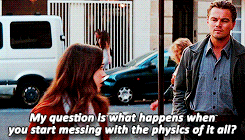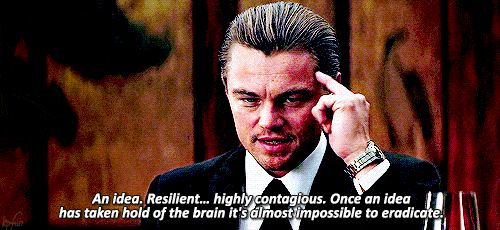--Originally published at S' Nami Bog. Servitas Vitae
Software constantly changes.
That’s why sometimes reading books that were published years ago are not that good unless they are from software that hasn’t been updated in years.
This book was written by Eric S. Raymond and its title is The Cathedral and The Bazaar written in the year 1999.
One would say, if this book is about technology and you said technology moves fast then why are you writing about this? Well, this book is oriented to the so called open-source development which is very popular nowadays with platforms like Github etc.
The book talks about the two ways someone can create software. Open and closed source. We have examples for open source like Python and PHP. For closed source software we have apps like Uber, Facebook and Twitter. The main difference is that open source is for people to help and contribute by fixing and finding bugs but it still can be dangerous. Closed is just closed, no one can see it.
What I mentioned before is from my opinion but in this book he describes it as a cathedral development model because they close it to people in a certain time while a Bazaar is more of a “hey! come here! grab everything you want.
Think about the Basilica de Zapopan or any other major temple in Mexico. Sure people can come in, do their activities but after 10:00 PM is bye bye, thanks for participating but we are closing. Of course closed.software doesn’t actually close for a certain amount of time but I think this analogy works.
As for the Bazaar, we have multiple examples here and why this can relate to software. Every Friday they set up the placement and they sell lots of stuff.
There was a time when the government (developer) decided Continue reading "The Cathedral and The Bazaar" →






